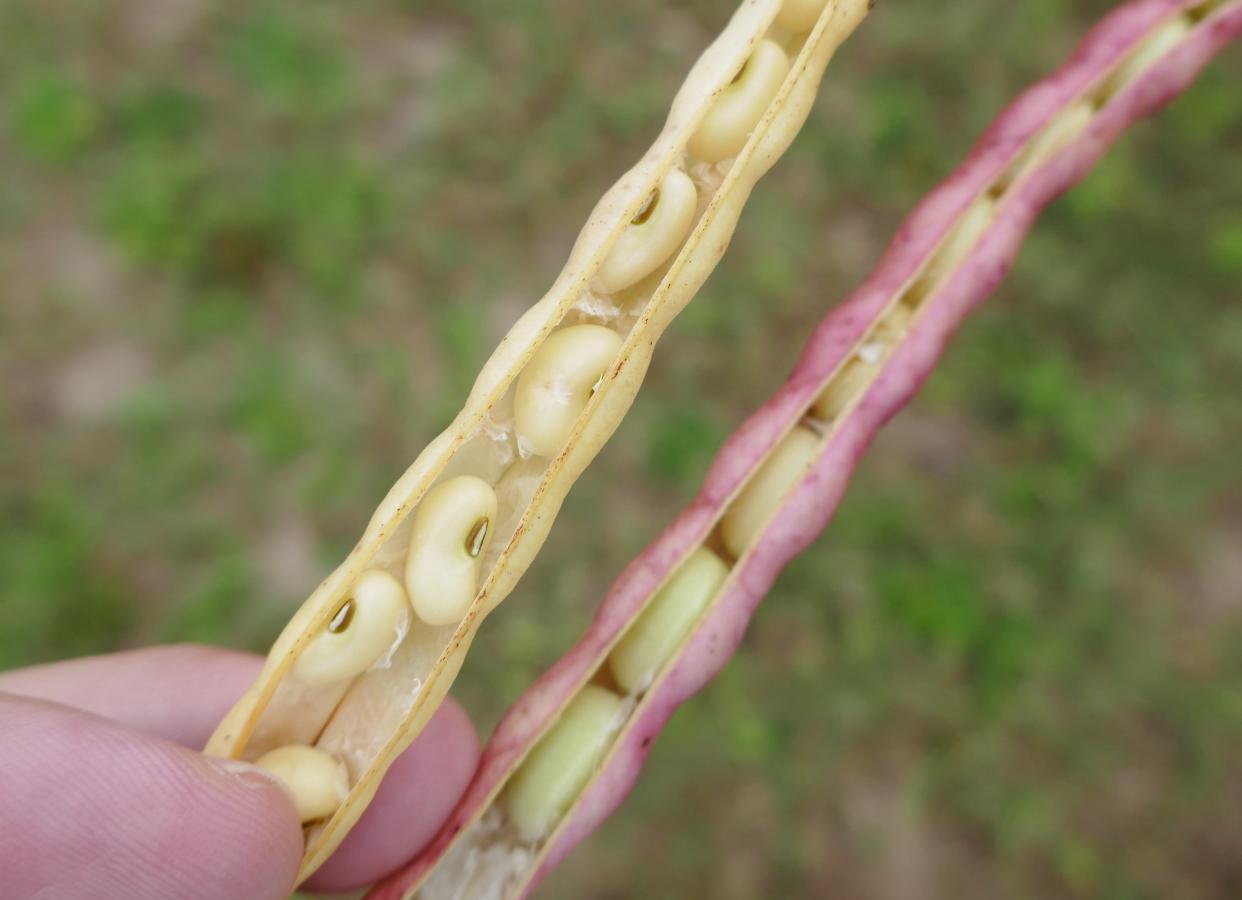Mark Bailey: Seed saving from a garden

For thousands of years, in an unbroken chain, seeds have been saved from each harvest to be sown the next season. Seed saving provides many benefits to the seed saver. The cost of seeds has notably risen in the past several years, but, more importantly, the reliable availability of seeds has come into question. Taking the time to save seeds from a garden can potentially save money and allow for a supply of seeds for the next growing season to be secure.
Assuming the seeds are not patented, seeds can be collected for personal use, given to other local growers or even sold commercially. For those who are interested in selling their own seeds commercially, the Florida Department of Agriculture and Consumer Services regulates the sales and distribution of all seed sold in Florida. Typically, a seed dealer license is required; however, one may not be required in some circumstances where total sales are very small.
There are two main categories of seed saving that will determine how the seeds should be collected and processed. Seeds intended for saving can be categorized as either “wet” or “dry” seeded crops. Wet seeds are typically found inside the fruit of a plant, while dry seeds originate from a non-fruiting flower, pod or husk. Dry seeded crops are the easiest to collect as the necessary processing is minimal. Common dry seeded crops include beans and peas, all leafy greens, basil, corn, okra, onions, sunflowers and turnips. If the seeds are collected from flowers or pods, it is best to wait until they have fully matured and started to turn brown.
The greatest threat to both seed harvesting and storage will be moisture. High moisture content on the outside or inside of seeds can quickly lead to decay from ubiquitous fungi or bacteria. An entire batch of seeds can be rendered worthless if several key steps are not carefully implemented.
The first step to ensuring high-quality seeds are collected is to harvest the flower or pod once dry and continue to keep them dry. After the dry flower or pod has been removed from the plant, be sure to label these seeds to ensure they are not accidently mixed with other seeds or varieties. Next, remove any debris and place the seeds in a location that has consistent dry air circulation. A good place to dry seeds is indoors on a windowsill that receives direct sunlight. An alternative is to use an electric fan to gently circulate air around seeds that are contained in material such as paper towels or fabric. The time required to thoroughly dry seeds varies quite a lot, but generally the smaller the seed the quicker it will adequately dry. Several days of drying time may be necessary to dry larger seeds. It is important to note that seeds should not be dried with heat, such as in an oven, as this will destroy the seed’s ability to germinate. Room temperature or slightly warmer will be adequate to remove moisture from the seeds.
Wet seeded crops will require additional steps to process the seeds. Common wet seeded crops include cantaloupe, eggplant, peppers, pumpkin, squash, tomato and watermelon. Before collecting seed, the fruit will need to be fully mature to ensure the fruit contains viable seeds. Seeds will need to be separated from the fruit’s flesh, and this can be accomplished by thoroughly washing and removing any remaining flesh with paper towels or wash cloth. Once the seeds have been cleaned, they can be dried and stored in the same way as dry seeded crops.
Seeds can be kept in paper envelopes, paper bags or equivalent to store seed. Once packaged, include on the label the name and variety of the plant it originated from and the date it was packaged. Seed packages can be kept secure in jars or airtight containers to ensure that moisture and pests do not ruin the seeds while in storage. Once stored, the seeds will typically remain viable for several years so long as they are kept cool and dry. Harvesting and storing seeds allows a gardener to gain greater independence in a time when a future seed supply is not guaranteed.
The topic of hybrid, heirloom, open-pollination, cross-pollination and genetically modified seeds will need to be addressed in another discussion.
For more information call the Marion County Extension office, call 671-8400 or email ironhill@ufl.edu.
— Mark Bailey is the Sustainable Agriculture and Food Systems Extension Agent for UF/IFAS Extension Marion County. For more information, contact the Marion County office at 671-8400. The Extension Service is located at 2232 NE Jacksonville Road, Ocala, FL 34470.
This article originally appeared on The Gainesville Sun: Mark Bailey: Seed saving from a garden

